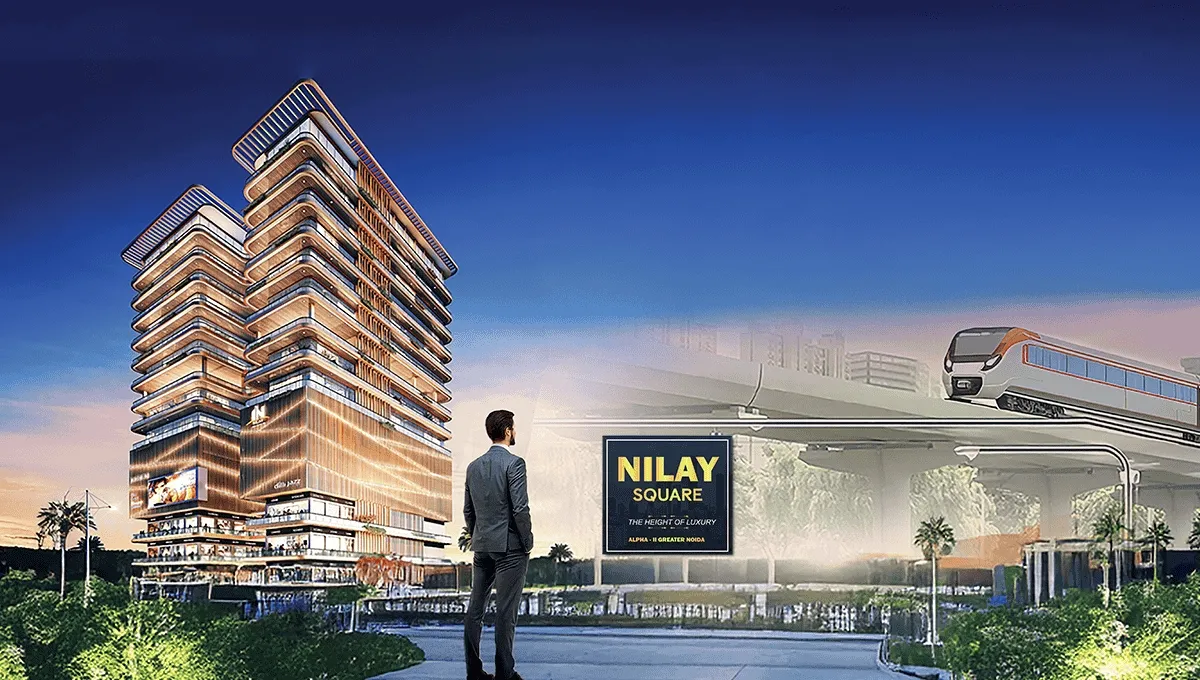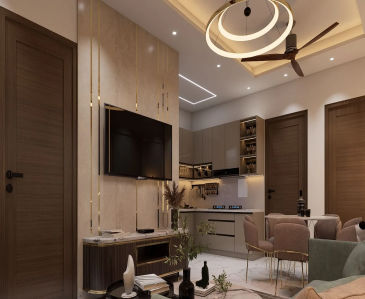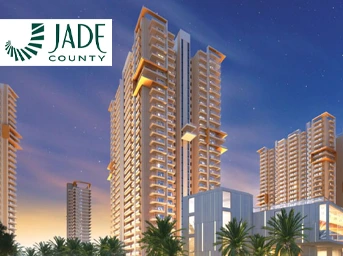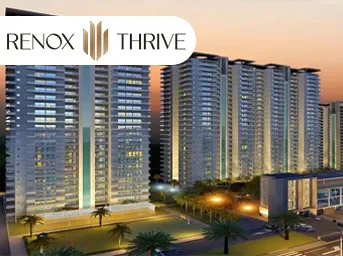Make your workspace more productive with these latest design ideas
Bricksnwall Trusted Experts
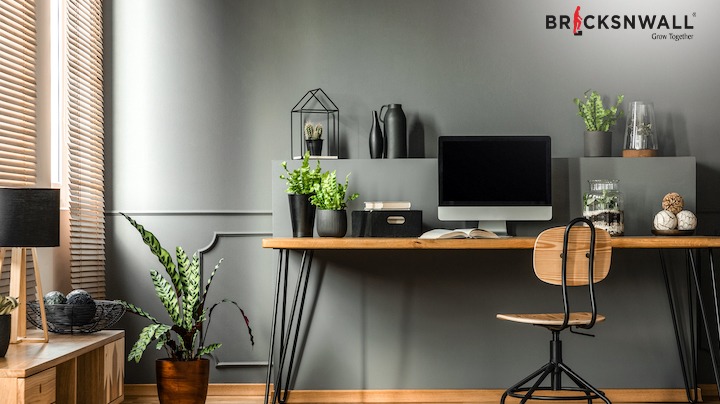
Productivity has emerged as a critical component of success in the
fast-paced and cutthroat environment of today. One way to increase productivity
in the workplace is through innovative and effective workspace design.
In this article, we will explore some of the latest
design ideas that can help make your workspace more productive.
Open and
Collaborative Spaces
One of the latest trends in workspace design is creating open and
collaborative spaces. Studies have shown that employees who work in open spaces
tend to be more productive, creative, and engaged. Open spaces allow for better
communication, collaboration, and a sense of community among employees.
Integrating collaborative spaces such as breakout areas or meeting rooms can
also help employees work together more effectively.
Natural Light
Natural light has a significant impact on our health, well-being, and
productivity. Research has shown that employees who work in spaces with natural
light tend to be happier, more productive, and have fewer absences. To make
your workspace more productive, consider incorporating natural light into your
office design. Large windows, skylights, and glass walls can all help bring
natural light into the workspace.
Ergonomic Furniture
Ergonomic furniture has become a vital aspect of workspace design. It
refers to furniture that is designed to be comfortable, supportive, and
beneficial to our health. Ergonomic furniture includes chairs, desks, and other
accessories that can help reduce the risk of injury and promote good posture.
Incorporating ergonomic furniture into your workspace design can help improve
the health and productivity of your employees.
Plants and Greenery
Plants and greenery have been shown to have a positive impact on our mood,
productivity, and overall well-being. Incorporating plants and greenery into
your workspace design can help create a more relaxed and enjoyable work
environment. Plants can also help reduce stress levels and improve air quality,
making it easier for employees to focus and be more productive.
Technology
Integration
The modern workplace has incorporated technology as a crucial component.
Integrating the latest technology into your workspace design can help improve
productivity and collaboration among employees. For example, implementing video
conferencing systems or interactive whiteboards can help employees work
together more effectively, even if they are located in different parts of the
world.
Creative Spaces
Creativity is an essential aspect of many workplaces, particularly those
in creative industries such as advertising or graphic design. Incorporating
creative spaces into your workspace design can help foster creativity and
innovation among employees. Creative spaces can include areas for brainstorming,
art installations, or even a small studio for employees to work on personal
projects.
Personalization
Personalization is becoming increasingly important in modern workspace
design. Employees want to feel like they have a sense of ownership over their
workspace and that it reflects their personal style and preferences. Allowing
employees to personalize their workspaces with photos, artwork, or other
personal touches can help improve their sense of well-being and productivity.
Conclusion
In conclusion, workspace design can have a significant impact on employee productivity, engagement, and well-being. By incorporating the latest design ideas, such as open and collaborative spaces, natural light, ergonomic furniture, plants and greenery, technology integration, creative spaces, and personalization, you can create a more productive and enjoyable work environment for your employees.
